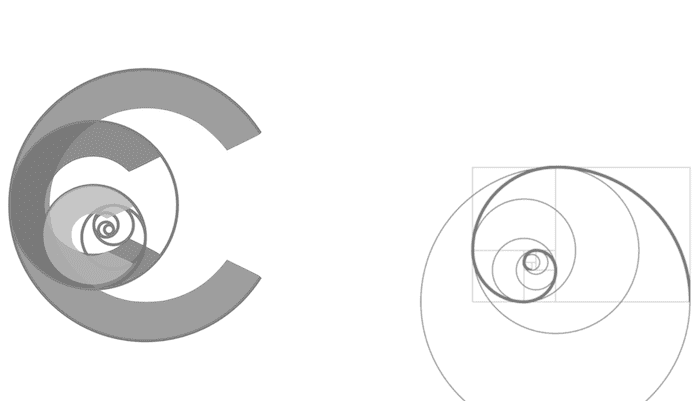Lithium Toxicity
OVERVIEW
- acute overdose is usually benign if adequate hydration is maintained and renal function is normal
- chronic toxicity can be difficult to manage and result in devastating neurotoxicity
CLINICAL FEATURES
- acute ingestion or chronic accumulation
- CNS: confusion -> coma, cerebella symptoms, seizure, basal ganglia symptoms (choreiform movements, Parkinson-like)
- GIT: nausea, vomiting, bloating
- CVS: syncope
- RENAL: polyuria, polydipsia, renal insufficiency
- NEUROMUSCULAR: peripheral neuropathy, myopathy
- ENDOCRINE: hypothermia, hyperthermia
INVESTIGATIONS
- Lithium level:
0.7-1.2mEq/L (therapeutic)
> 1.5mEq/L (toxic)
levels can be very high following acute ingestion, but do not correlate with outcome - as clinical features determine
MANAGEMENT
Resuscitation
- A – impaired LOC -> intubate
- consider whole bowel irrigation for massive acute ingestion
- activated charchoal does not bind
- Liberal fluid resuscitation with normal saline
Electrolytes and Acid-base
- Avoid hyponatraemia as this will decrease lithium clearance
Specific Interventions
- fluid therapy
- renal clearance = 10-40mL/min
- CRRT clearance = 20mL/min
- haemodialysis if level > 3.5, severe symptoms or if conservative treatment doesn’t result in a level < 1.0 in 24 hrs (clearance = 70-170mL/min)
Underlying Cause
- infection
- volume depletion
- gastroenteritis
- overdose
- chronic kidney disease
- drugs: NSAIDS, diuretics, cyclosporine, tetracyclines
- decreased Na+ intake
- anorexia
References and Links
CCC Toxicology Series
General
Approach to acute poisoning, ECGs in Tox, Evidenced-based Tox, Toxicology literature summaries, Does anti-venom work?
Toxins / Overdose
Amphetamines, Barbituates, Benzylpiperazine, Beta Blockers, Calcium Channel Blocker, Carbamazepine, Carbon Monoxide, Ciguatera, Citrate, Clenbuterol, Cocaine, Corrosive ingestion, Cyanide, Digoxin, Ethanol, Ethylene Glycol, Iron, Isoniazid, Lithium, Local anaesthetic, Methanol, Monoamine oxidase inhibitor (MAOI), Mushrooms (non-hallucinogenic), Opioids, Organophosphate, Paracetamol, Paraquat, Plants, Polonium, Salicylate, Scombroid, Sodium channel blockers, Sodium valproate, Theophylline, Toxic alcohols, Tricyclic antidepressants (TCA)
Envenomation
Marine, Snakebite, Spider, Tick paralysis
Syndromes
Alcohol withdrawal, Anticholinergic syndrome, Cholinergic syndrome, Drug withdrawals in ICU, Hyperthermia associated toxidromes, Malignant hyperthermia (MH), Neuroleptic malignant syndrome (NMS), Opioid withdrawal, Propofol Infusion Syndrome (PrIS) Sedative toxidrome, Serotonin syndrome, Sympatholytic toxidrome, Sympathomimetic toxidrome
Decontamination
Activated Charcoal, Gastric lavage, GI Decontamination
Enhanced Elimination
Enhanced elimination, Hyperbaric therapy for CO
Antidotes
Antidote summary, Digibind, Glucagon, Flumazenil, HIET – High dose euglycaemic therapy, Intralipid, Methylene Blue, N-Acetylcysteine (NAC), Naloxone
Miscellaneous
Cocaine chest pain, Digoxin and stone heart theory, Hyperbaric oxygen, Hypoxaemia in tox, Liver failure in tox, Liver transplant for paracetamol, Methaemoglobinaemia, Urine drug screen

Critical Care
Compendium
Chris is an Intensivist and ECMO specialist at The Alfred ICU, where he is Deputy Director (Education). He is a Clinical Adjunct Associate Professor at Monash University, the Lead for the Clinician Educator Incubator programme, and a CICM First Part Examiner.
He is an internationally recognised Clinician Educator with a passion for helping clinicians learn and for improving the clinical performance of individuals and collectives. He was one of the founders of the FOAM movement (Free Open-Access Medical education) has been recognised for his contributions to education with awards from ANZICS, ANZAHPE, and ACEM.
His one great achievement is being the father of three amazing children.
On Bluesky, he is @precordialthump.bsky.social and on the site that Elon has screwed up, he is @precordialthump.
| INTENSIVE | RAGE | Resuscitology | SMACC
